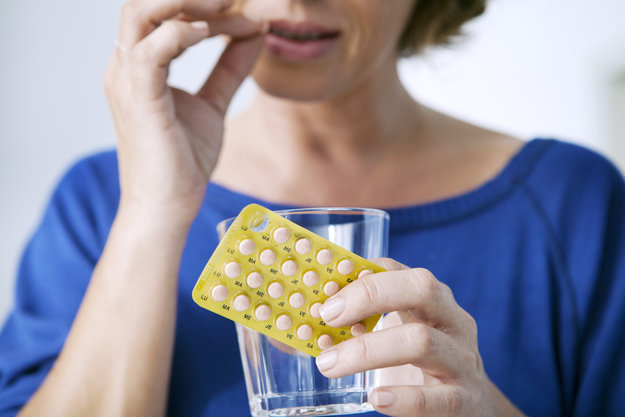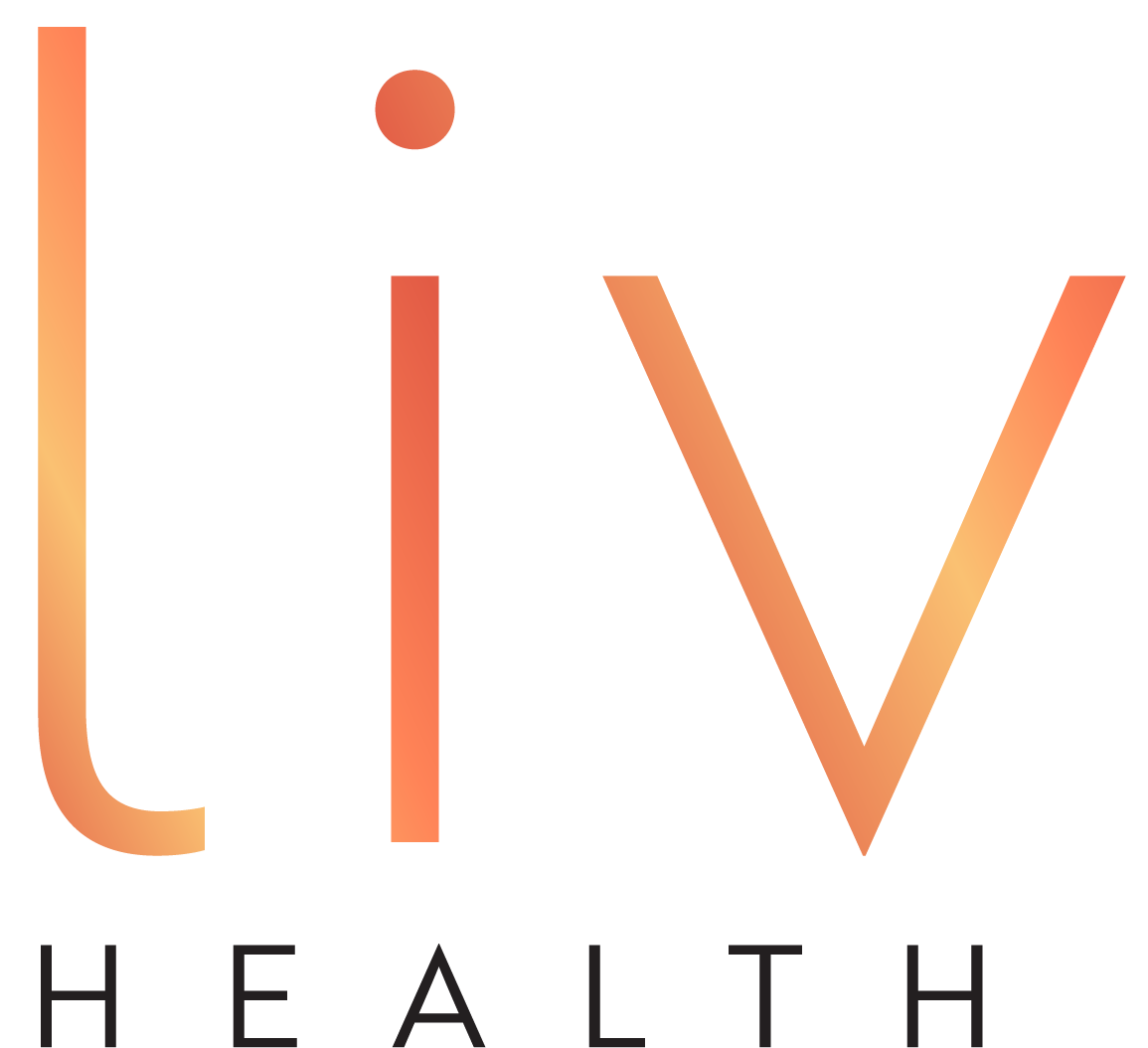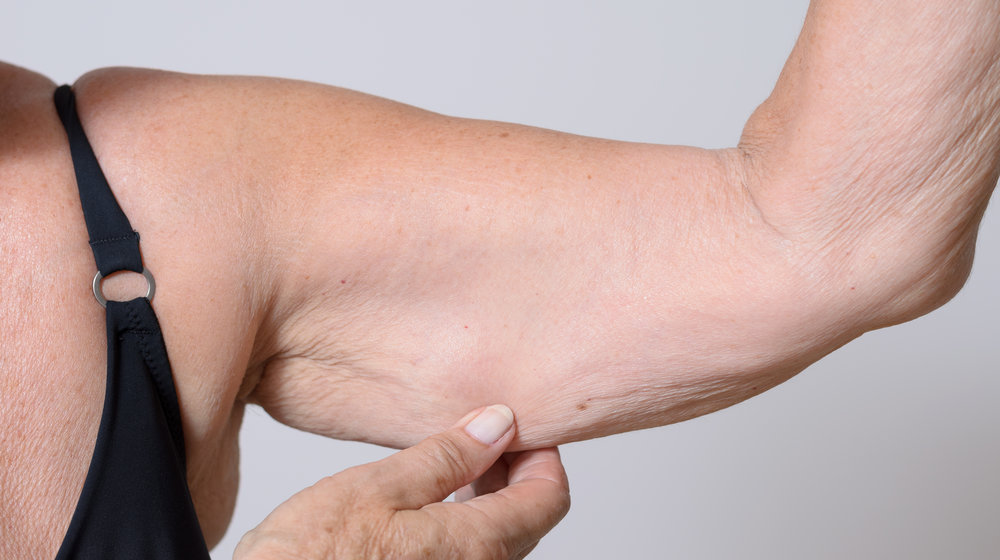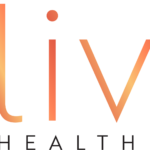Sarcopenia, commonly known as muscle loss, means “lack of flesh” in the literal meaning. It
is a condition of age-associated muscle degeneration which becomes more common after
the age of fifty which affects about 10% of people who are over the age of 50.
Sarcopenia can be defined as a lack of muscle and muscle power. It’s a condition that can be
seen in all age groups but mostly with older people. The main reason for this condition is
aging but there are other factors that can accelerate the process. But muscle loss does not
necessarily mean it’s irreversible. There isn’t a definite treatment but its effects can be
reduced by exercise and a healthy diet.
An early diagnosis is important to get the best results from the treatment process. If the
diagnosis is late, it can cause very serious health issues and even might result in death.
Muscles in our bodies keep developing until the age of 30. After the age of 30, muscle mass
starts to degenerate. Especially those who are not physically active, lose 3-5% of their
muscle mass every ten years after turning 30.
RELATED: How Many Calories Should I Eat To Gain Muscle?
In this article:
What Causes Sarcopenia?
The main cause of Sarcopenia is old age but there are other factors which affect this
condition and accelerate the process.
- Aging,
- Physically inactive lifestyle,
- Unhealthy diet; Especially lacking protein and Vitamin D, decreased appetite with
advanced age, malnutrition, not consuming enough fruits and vegetables, - Growth hormones; decreased level of hormones such as testosterone and estrogen,
insulin resistance and decreased thyroid functions, - Mood disorders; heart, liver, kidney, respiratory dysfunctions, diabetes, obesity, etc.
- Stress;
- Consumption of alcohol and smoking, Premature birth,
- Chronic disorders caused by age,
- Genetics.
What are the signs of Sarcopenia?
There are different signs for Sarcopenia but just because you have the listed signs, it does
not necessarily mean that you are suffering from Sarcopenia. We recommend you to
monitor your body and then consult a doctor for a proper diagnosis.
- Weakness
- Decreasing in stamina,
- Losing weight without meaning to,
- Frailness,
- Balance disorders.
Recovery
There isn’t a definite treatment for Sarcopenia but there are different factors that can help
you slow down the process and even help you gain muscle mass. There have been some
researches on hormone treatment for Sarcopenia but it hasn’t been approved by the FDA.
So the best way to prevent and treat Sarcopenia is to exercise.
- Walking; walking is a great exercise to start being physically active again and
everyone can do it easily. By walking a specific distance regularly, muscle loss can be
prevented. - Resistance Training; resistance training helps the stimulant signals to reach your
muscles better. Resistance training includes activities that require you to move your
muscles against gravity which is good to increase the growth-promoting hormones. - Fitness Training; fitness training includes activities such as cycling, hiking, jogging,
etc. and these activities help to prevent muscle loss.
Along with exercise, it is also important to eat healthy and to know what nutrients are the
best to stop muscle loss. The most beneficial nutrients against Sarcopenia are protein,
creatine, Omega-3 fatty acids, and Vitamin D.

-
Protein
Consuming enough protein provides stimulant signals for the muscles. But as we grow older
stimulant signals get weaker. For instance; for younger people, the necessary intake of
protein is 20gr per meal. But for older people, the necessary protein intake is 35gr per meal.Besides consuming meat, fish, egg to increase your protein intake, specialists also
recommend consuming protein-rich healthy snacks. You can consume nuts (half a cup
20.5g), almonds (half a cup 16.5g), edamame beans (half a cup 8.5g) and chickpeas (half a
cup 7.25g). -
Createin
Creatine is a small protein made in the liver. Our bodies provide enough creatine to prevent
us from becoming deficient. By taking creatine supplements you can slow down the muscle
loss process. But it is thought that creatine supplements aren’t beneficial enough without
exercise. -
Omega-3 Fatty Acid
Regardless of age, consuming Omega-3 fatty acids will increase the muscle growth. Omega-3
fatty acids also have anti-inflammatory benefits, which is good to prevent muscle loss. -
Vitamin D
By taking vitamin D supplements, you can increase muscle strength and prevent it from
decreasing in the future. It is unclear how vitamin D deficiency is related to muscle loss
therefore the best dose of vitamin D intake is unclear. We recommend you to consult your
doctor about the necessary vitamin D intake for your body.
With the information provided in this article, you can monitor your body for signs of
muscle loss and consult a doctor for a proper check-up. You can also start exercising before you see
the signs so you can lower the chances of having sarcopenia in the future.
Up Next:
- Not Gaining Muscle? Check For These 11 Reasons
- Peptides For Fat Loss And Muscle Building
- How Many Calories Should I Eat To Gain Muscle?
The post How To Prevent Losing Muscle Mass With Hormones And Protein appeared first on Liv Health.


